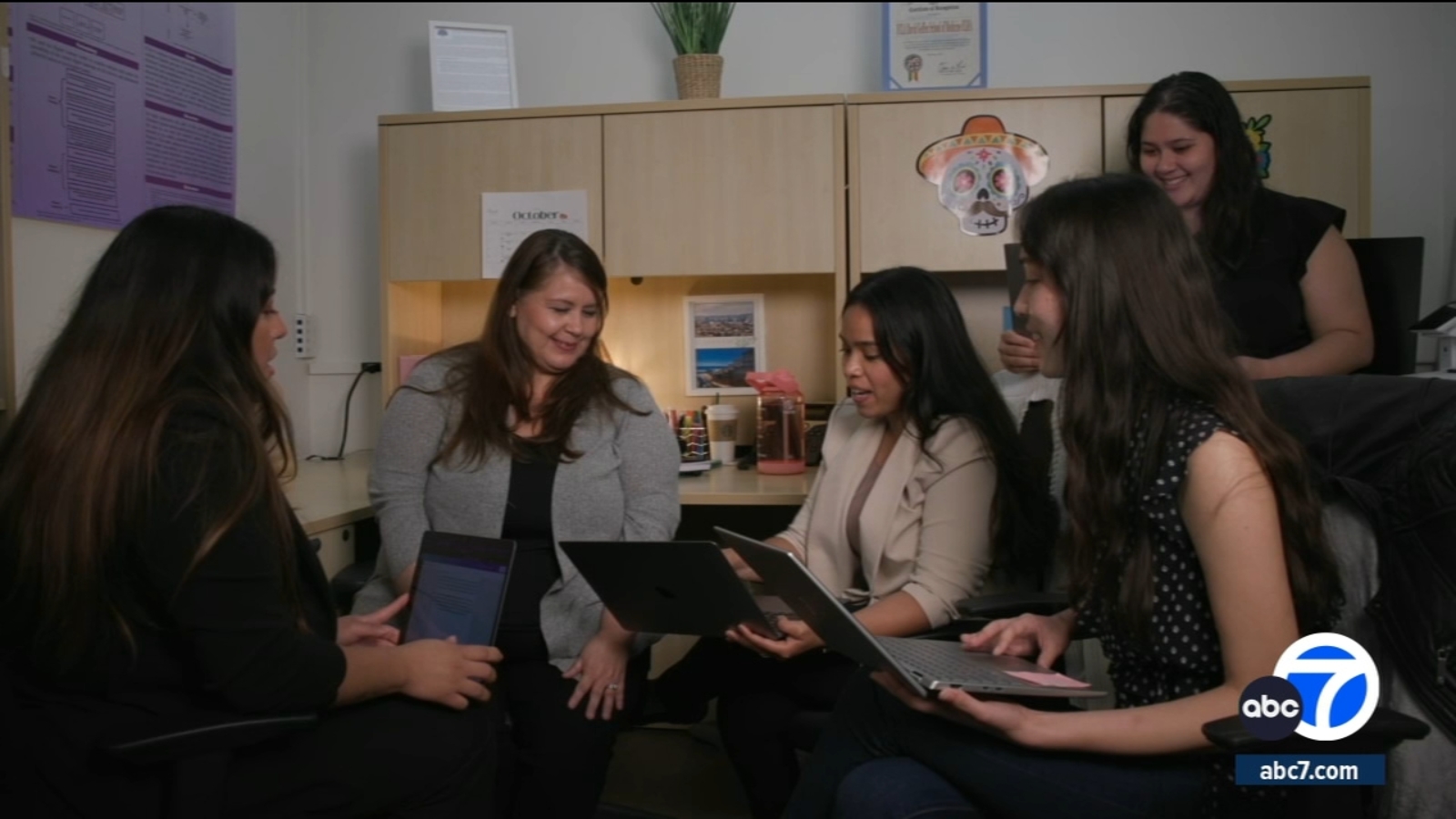
LOS ANGELES (KABC) — Purple lights, marigolds, and altars are the center of most Día de los Muertos celebrations across the country.
Not only are these gatherings honoring those who’ve died, they’re also helping the Equity for Latinx/Hispanic Healthy Aging (ELHA) Lab at UCLA start conversations about brain health.
“We don’t want to recreate what our community is doing, like there have been doing this for a very long time, and we’re just here to add the brain health component and enhance what they’re doing,” said neuropsychologist and the lab’s founder Mirella Díaz-Santos.
The women-led, multicultural, and multilingual team is taking a community-based approach, but before they step out into the community, the behind-the-scenes work and preparation happens at UCLA.
“We hope to empower the community to be like, ‘Okay, I actually understand what mechanisms contribute to me, like living a healthy life, and now I want to bring that information and be an advocate for myself,’” said clinical research coordinator Aisha Mohammed.
Their goal is prevention, early detection, and management of Alzheimer’s disease and other forms of dementia. Díaz-Santos was born and raised in Puerto Rico where her grandmother, Estrella Ortiz Romero, died in 2007 after being diagnosed with dementia.
“We didn’t find too much information about dementia or Alzheimer’s or any resources,” she said.
The ELHA lab pays tribute to her grandmother and is creating educational tools that are linguistically and culturally accessible. For example, explaining how a Día de los Muertos celebration can produce cognitive stimulation.
“Setting up their own altars … your prefrontal cortex is working, so that’s getting their brain stimulated,” explained senior research associate Stephanie Ovalle-Eliseo.
Latinos are 1.5 times more likely to develop Alzheimer’s disease than their white counterparts, but make up a small fraction of participants in the research.
One common barrier is language.
“Some of these assessments that are being used were developed in the early ’80s, early ’90s, and they were tested mostly on white middle class populations. Applying that scale may not be appropriate to our population,” said research neuropsychologist Dr. Lorena Monserratt.
The lab aims to change that while building lasting relationships.
“What they have told us is academics come when they need something, and they take it, and then they leave,” said Díaz-Santos.
Rather than taking, Díaz-Santos is leading an effort to co-create and build partnerships with community-based organizations.
“We need to test which prevention strategies are best for our communities, and to do that, we need our partners to dictate the science,” she said.
Looking forward, Díaz-Santos’ team is striving for greater inclusivity.
“We also need to talk about how the linguistic diversity of our communities, like all our indigenous languages that we have here in Southern California. We need to talk about race, like Black Latinos and our Asian Latinos,” she said.
The lab was founded last year and has hit the ground running with a deep sense of urgency
“In terms of like, the rates and predictions and with an aging community, we’re on a time crunch to actually get this information out as soon as possible,” said Ovalle-Eliseo.
Díaz-Santos believes they’re able to accomplish a lot more when working together.
“We’re here, and we belong here, and we’re here to stay,” she said.
